Most people picture Makati as a rich land of skyscrapers. Some are aware of the other side, the not-so-posh face of the city beyond the gated villages. But not many know that there’s also a Makati of old.
I first got a hint from a barangay called Guadalupe Viejo. I knew from my smattering of Spanish that viejo means “old.” Although I was teaching in San Agustin Seminary in Quezon City, I didn’t know that there was an Augustinian church in Makati until I was told by a priest. When I saw it, I was captivated
because it stood proudly on top of a hill.
Another old church
This church, completed in 1630, was originally dedicated to Our Lady of Grace. It is picture-perfect from different angles with almost no obstruction. Centuries back, because of the clamor of its parishioners, this place of worship was rededicated to Our Lady of Guadalupe in Extremadura, Spain but later reverted to its original dedication.
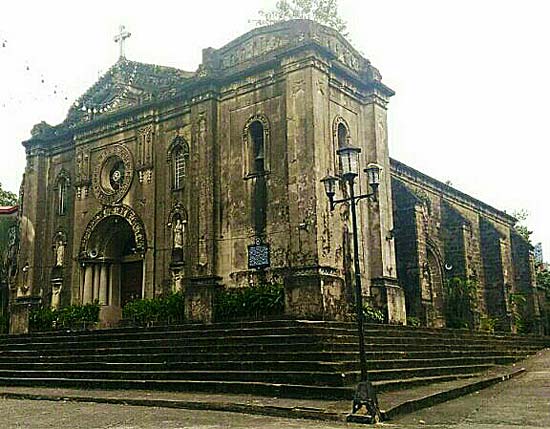
As if one old church in Makati is not enough, I stumbled upon another one in Poblacion during a pub crawl. The Saints Peter and Paul Parish was a Jesuit church founded in 1620. It is not as grand from outside like Our Lady of Grace but the interior more than makes up with a beautiful retablo or devotional painting. Its parking lot, Plaza del Rey, used to be a cemetery. On Good Friday, a procession winds its way to the narrow streets of this heritage zone passing through heritage houses and mini calvaries called kalbaryos depicting holy figures. Some of these elaborate tableaus are so beautifully done that it would be a pity to tear them down after Holy Week. The procession is long and excruciating especially for the barefooted bearers of heavy religious statues. Some procession goers, including children, walk unshod.
Birth of the Ayalas
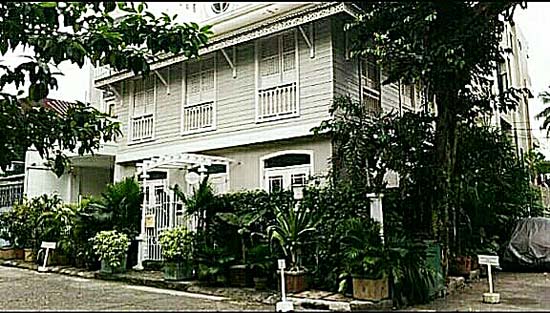
When the Jesuits were expelled, they sold their properties to Don Jose Bonifacio Roxas, forerunner of the Ayala family, who initiated a lot of business ventures. Hacienda de San Pedro Makati was put up, which became the groundwork for the giant conglomerate Ayala Corp. Poblacion is probably the oldest village developed by the Ayalas. In fact, most of the streets are named after Ayala family members.
The new Malate
Although not as historic as Ermita or Malate, Poblacion started to attract artists, bohemians, and restaurateurs. It lured the hip, the queer, and the leer. From across Makati Avenue to Kalayaan Avenue near Rockwell, trendy bars and dining places have sprouted. It was a classic case of gentrification; whether positive or negative, history will be the judge.

Along with the stylish set came the prurient band who were mostly concentrated on P. Burgos. Just like Ermita, this sleazy street ends in a church (Saints Peter and Paul). The exodus from Manila to Makati happened with the likes of Rajo Laurel and his ilk. Even Fete de la Musique, the French festival, transferred from Malate to Poblacion.
Where to eat, drink & crash
Not to be missed in Poblacion is Agimat Foraging Bar and Kitchen, famous for exotic and seductive concoctions and decoctions. They use (forage) local ingredients to create craft cocktails which can be paired with pleasingly flavored Filipino food with a twist. Be enchanted with a ritual performance while savoring food and drinks of your choice. Even U2’s The Edge was blown away by the food when he visited in 2019.
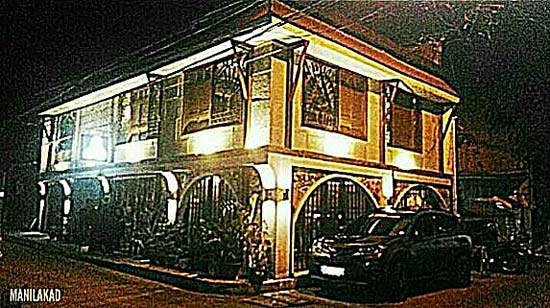
Busiest street in Poblacion is Don Pedro where restaurants stand side by side. Agimat’s sister establishment, Alamat, is closed but Wantusawa, the oyster bar, moved from Tambai Alley. Highly recommended Z Hostel with its rooftop bar is still operating.
On Enriquez St., Hola Bonbon, a Spanish restaurant; Cafe Fleur of Sau del Rosario; and Lampara seem to be doing good business. I am not sure if Oto Bar is open. This joint, named after the Japanese word which means “sound,” used to be in Asia’s top 50 bars. It has excellent acoustics which could be properly matched with smiling staff service.
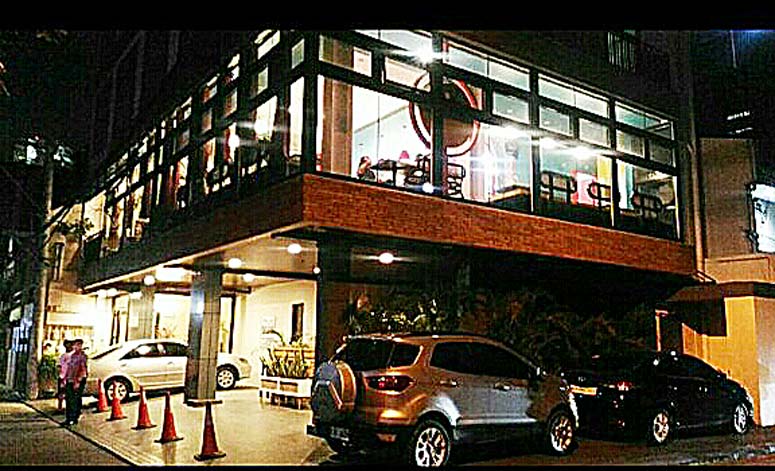
Also on Enriquez is probably the best place to stay in Poblacion, if not in the entire Makati City. La Casita Mercedes is a bed and breakfast place which was built in 1939 and took two and a half years to renovate. It has seven rooms on three floors, all tastefully detailed in vintage chic design. Due to the pandemic, they are renting the whole house. The owner, Jon Ramos, is also behind the Pan-Am inspired Clipper Hotel which is temporarily closed.
For the hungry and thirsty wanderer, Poblacion offers a wide variety of food and drinks from Thai street food at Crying Tiger to Mexican tacos at Chupacabra to other international cuisine. Big bikers and blues lovers hang out at Handle Bar and H & J. Rugby and football fans converge at Howzat Sports Bar on Kalayaan Avenue. For a quiet conversation with coffee, there’s Commune.
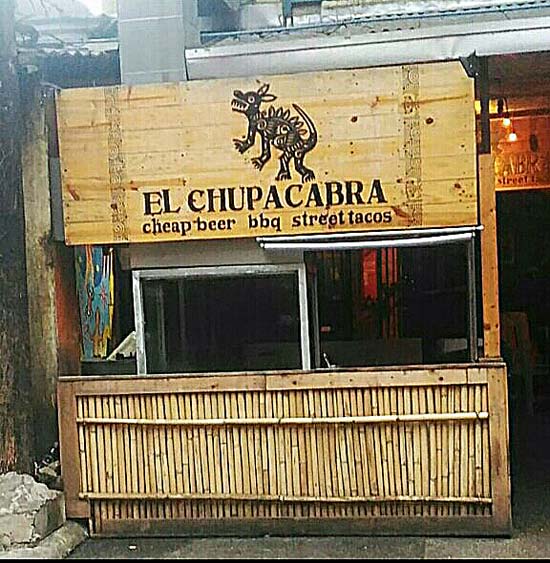
For familiar food, there’s Kanto Freestyle Breakfast and the air-conditioned carinderia, Friends and Neighbors. In case you stay overnight, the best place for breakfast is at Filling Station Bar and Cafe. It is a beautifully decorated American Diner which serves the heaviest breakfast in town. If you like it light, there’s assorted bread at 97-year-old Insular Bakery.
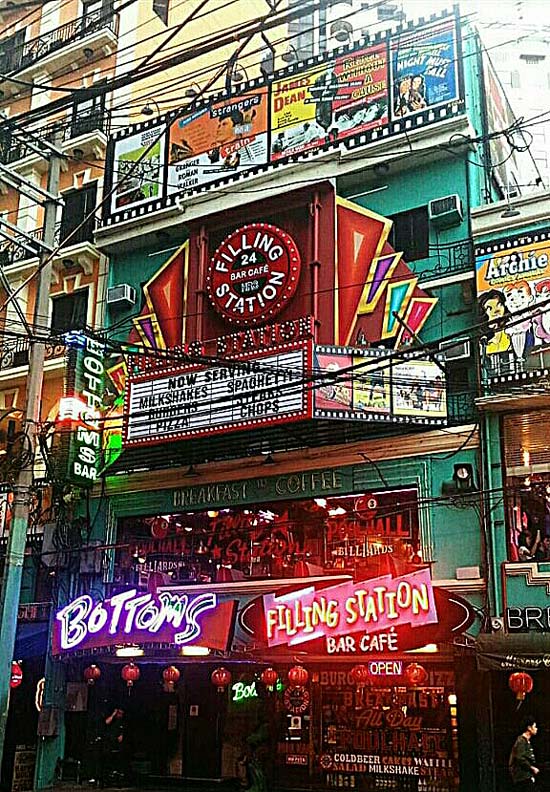
The morning after, you can take a walk to the remaining old houses of Makati—Coronado, Tolentino, Cu-Unjieng, and Brilliantes. Three of these are along the Pasig River. The unused Museo ng Makati is on J.P. Rizal. You may also want to try the shortest ferry ride in the world! It’s just all of five minutes and it will bring you to Mandaluyong.
Poblacion may be old but it is conveniently a hop away from Rockwell and Makati’s Central Business District, in case you miss the glitz and the ritz.
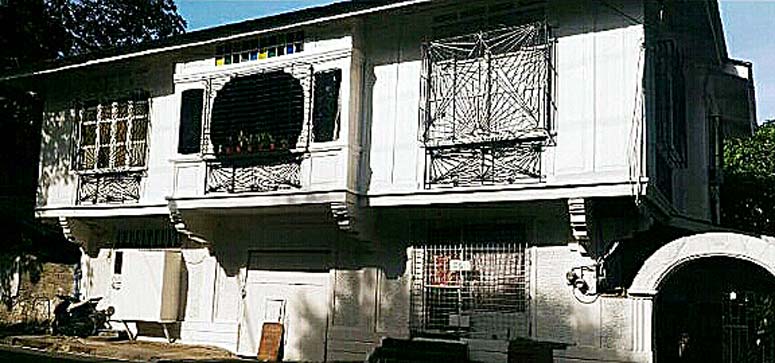
Tolentino House 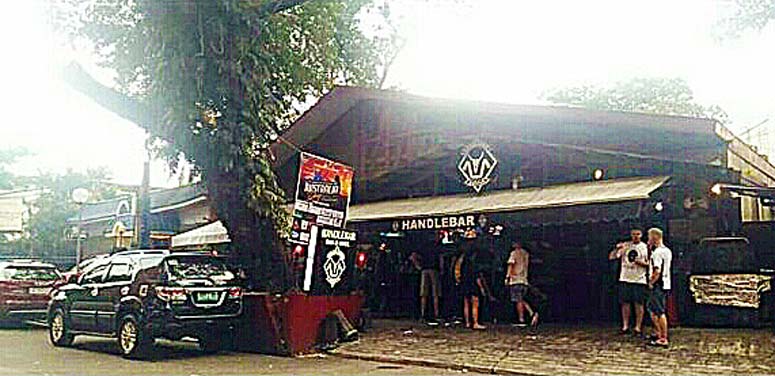
Handle Bar 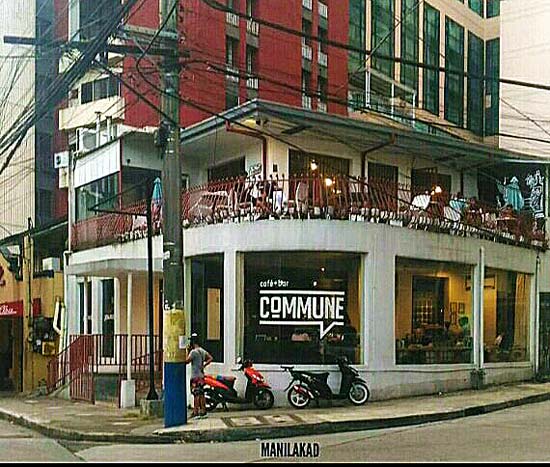
Commune
Personally, I still prefer the Makati of old.
(Due to new quarantine restrictions, some restaurants may not be open. Always check the latest guidelines before taking a stroll to these places.)
JP Ordona leads Manilakad Walks in Intramuros, Binondo, Quiapo and more. In between, he writes, climbs, and dives.
Let him guide you to several walking destinations in Manila. Manilakad can be reached on Facebook or through text at (0916) 359-7888.
